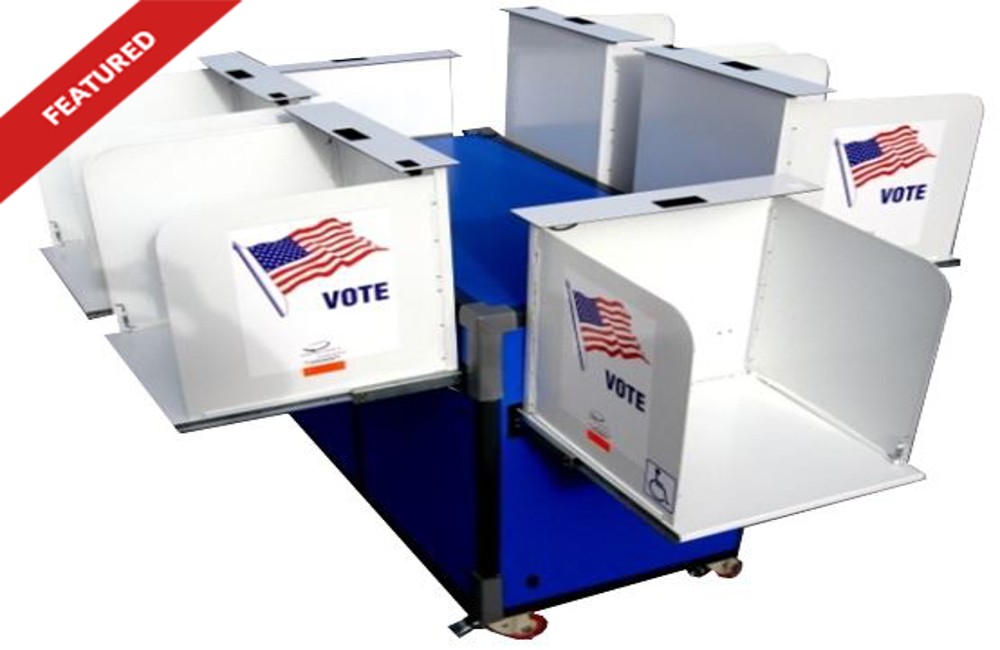In the United States, the integrity of the electoral process is fundamental to democracy. However, concerns about voting equipment and its potential impact on electoral outcomes have gained increasing attention in recent years. As technology evolves and voting systems become more complex, disparities in access to reliable and secure voting equipment have emerged, raising questions about fairness and equality in the electoral process. In this blog post, we will explore the intersection of voting equipment and inequality in the U.S., examining the challenges, implications, and potential solutions to ensure fairness and integrity in elections.
The Evolution of Voting Equipment
The history of voting equipment in the U.S. is a story of innovation, progress, and occasional setbacks. From traditional paper ballots to mechanical lever machines and punch card systems, the evolution of voting equipment has been driven by efforts to improve accuracy, efficiency, and accessibility in elections. In recent decades, electronic voting machines (EVMs) and optical scan systems have become increasingly prevalent, offering features such as touchscreen interfaces, ballot verification mechanisms, and digital tabulation capabilities.
While these advancements from Voting Booth Equipment Manufacturer have the potential to enhance the voting experience and streamline the tabulation process, they also introduce new challenges and vulnerabilities. Concerns about the security, reliability, and accessibility of electronic voting machines have prompted calls for greater scrutiny and oversight to ensure the integrity of election results. Moreover, disparities in access to modern voting equipment have highlighted underlying issues of inequality and disenfranchisement in the electoral process.
Disparities in Voting Equipment Access
One of the key challenges in addressing voting equipment inequality is the uneven distribution of resources and infrastructure across different jurisdictions. In many cases, wealthier communities have greater access to modern voting equipment and technology upgrades, while lower-income areas and communities of color may rely on outdated or malfunctioning systems. This disparity can result in longer wait times, higher rates of equipment failure, and increased vulnerability to manipulation or tampering in elections.
Additionally, disparities in voting equipment access can exacerbate existing inequalities in voter turnout and participation. Research has shown that voters in marginalized communities are more likely to face barriers such as long lines, malfunctioning machines, and inadequate polling place resources, which can discourage voting and undermine confidence in the electoral process. As a result, voting equipment disparities have significant implications for the representation and political empowerment of historically marginalized groups.
Implications for Electoral Integrity
The unequal distribution of voting equipment poses serious risks to the integrity and legitimacy of elections. Malfunctioning machines, inaccurate tabulation, and security vulnerabilities can undermine public trust in the electoral process and cast doubt on the validity of election results. Moreover, disparities in voting equipment access can perpetuate systemic inequalities and disenfranchise vulnerable populations, further eroding confidence in democracy and exacerbating social divisions.
Recent elections have highlighted the importance of addressing voting equipment inequality to safeguard electoral integrity. Instances of long lines, equipment failures, and logistical challenges have underscored the need for comprehensive reforms to modernize voting infrastructure, improve accessibility, and enhance security measures. Additionally, the emergence of new threats such as cyberattacks and disinformation campaigns underscores the importance of investing in resilient and secure voting systems to protect against external interference and ensure the accuracy and fairness of elections.
Addressing Voting Equipment Inequality: Pathways to Reform
To address voting equipment inequality and uphold the principles of fairness and equality in elections, concerted efforts are needed at the federal, state, and local levels. Here are some potential pathways to reform:
- Investment in Voting Infrastructure: Allocate funding to modernize voting infrastructure, upgrade outdated equipment, and expand access to secure and reliable voting systems in underserved communities.
- Equitable Resource Allocation: Implement policies to ensure equitable resource allocation and distribution of voting equipment based on need, population density, and historical voting patterns, rather than wealth or political influence.
- Transparency and Accountability: Enhance transparency and accountability in the procurement, maintenance, and operation of voting equipment, including robust auditing procedures and public oversight mechanisms.
- Universal Design and Accessibility: Prioritize universal design principles and accessibility features in voting equipment to ensure that individuals with disabilities, language barriers, or other limitations can fully participate in the electoral process.
- Cybersecurity Measures: Strengthen cybersecurity measures to protect against hacking, tampering, and other threats to voting equipment and election infrastructure, including regular security assessments and collaboration with cybersecurity experts.
- Community Engagement and Education: Foster community engagement and education initiatives to raise awareness about voting equipment issues, empower voters to advocate for change, and promote trust and confidence in the electoral process.
Conclusion
Ensuring fairness and equality in the electoral process requires addressing voting equipment inequality and investing in secure, reliable, and accessible voting systems for all Americans from SmartPoll Election Solutions. By recognizing the challenges, implications, and potential solutions to voting equipment disparities, policymakers, advocates, and citizens can work together to strengthen electoral integrity, protect democratic values, and uphold the right to vote for generations to come. Through collective action and commitment to democratic principles, we can build a more inclusive and resilient electoral system that reflects the diversity and aspirations of the American people.

